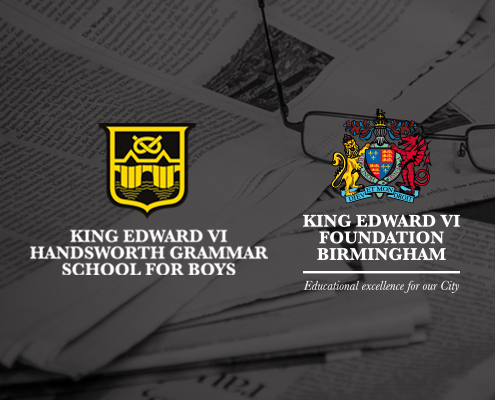Lessons from Auschwitz Project Poland Visit
The Lessons from Auschwitz project that we took part in started with a seminar on Sunday 2nd March 2014, where we met our groups and educators from the Holocaust Educational Trust. We heard the moving survivor testimony of Susan Pollock, a Hungarian Jew whom survived the horrors of both Auschwitz-Birkenau and Bergan Belsen. Her incredible survivor testimony taught us a rarely seen individual aspect of the Holocaust, as opposed to reading figures in a textbook. We gained a brief insight into the history of the Holocaust in historical terms, and had a lesson on pre-war Jewish life in Europe, before planning our trip to Poland to visit the camps themselves.
After a very early start on Wednesday 5th March, we travelled into Krakow airport with our group of fellow students from across the West Midlands, before being further separated into groups of 18-20 people with a specialist educator per group. We arrived in the Polish town of Oświęcim, where we visited a pre-war Jewish cemetery. This was very thought provoking, as none of the headstones in the cemetery were placed by the correct person; in the period of Nazi occupation the headstones had been removed and used for kerbstones around the town. Many graves are still left unmarked, as the majority of headstones were found in fragments after the war by Jews who bravely returned to their home town; these fragments of marble and stone were built into a memorial to the dead of the town. Following this we toured the sites of both Auschwitz I, a labour camp, and then onto Auschwitz II, or Auschwitz Birkenau, which saw the death of hundreds of thousands of Jews, Roma’s, homosexual men and women, and many other kinds of people the Nazi regime saw as unfit to live. The vast difference between Auschwitz I, with its hard, cold brick walls that once contained the workbenches of Dr. Mengele and Rudolf Hess, and the bleak, cold, and vast open yet somewhat claustrophobic spaces of Birkenau is remarkably stark. The railway tracks, the barbed fences , the guard towers and the brick chimneys of wooden huts now long gone is all that still stands of Birkenau; the gas chambers that saw the death of hundreds of thousands of individual people, just like you and I , were demolished by the SS at the end of the war. We saw the cattle wagons that Susan referred to, giving a sobering, and increasingly rare, individual and personal insight into the events that happened on that very ground only 70 years ago at the hands of the Nazi regime. To conclude the day, a prayer was said in Hebrew by Rabbi Marcus, to honour the dead of the ground we stood on, and candles were lit and placed at the end of the train tracks that for many people was the end of their life as free men and women.
We returned to Birmingham airport at 10.45pm on Wednesday, after a long, tiring yet thought provoking and emotional day. There is a follow-up seminar scheduled for Thursday 13th March 2014. We both look forward to passing on the lessons that we have learned through assemblies and further educational work.
Connor McGrath (Year 12) and Mariyam Mustafa (Year 13)










